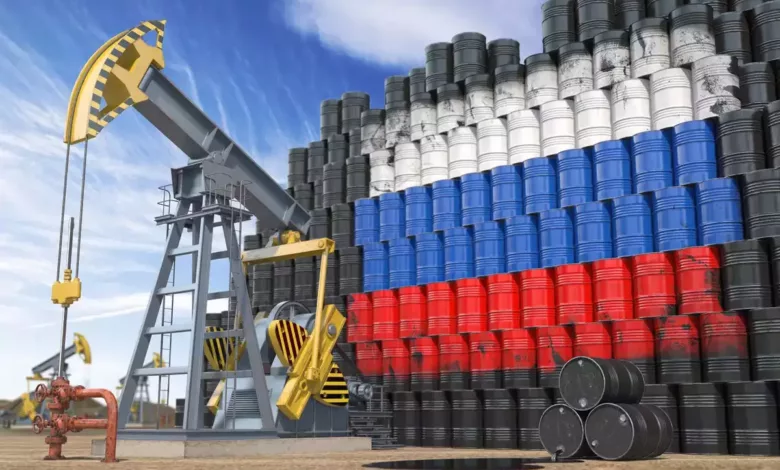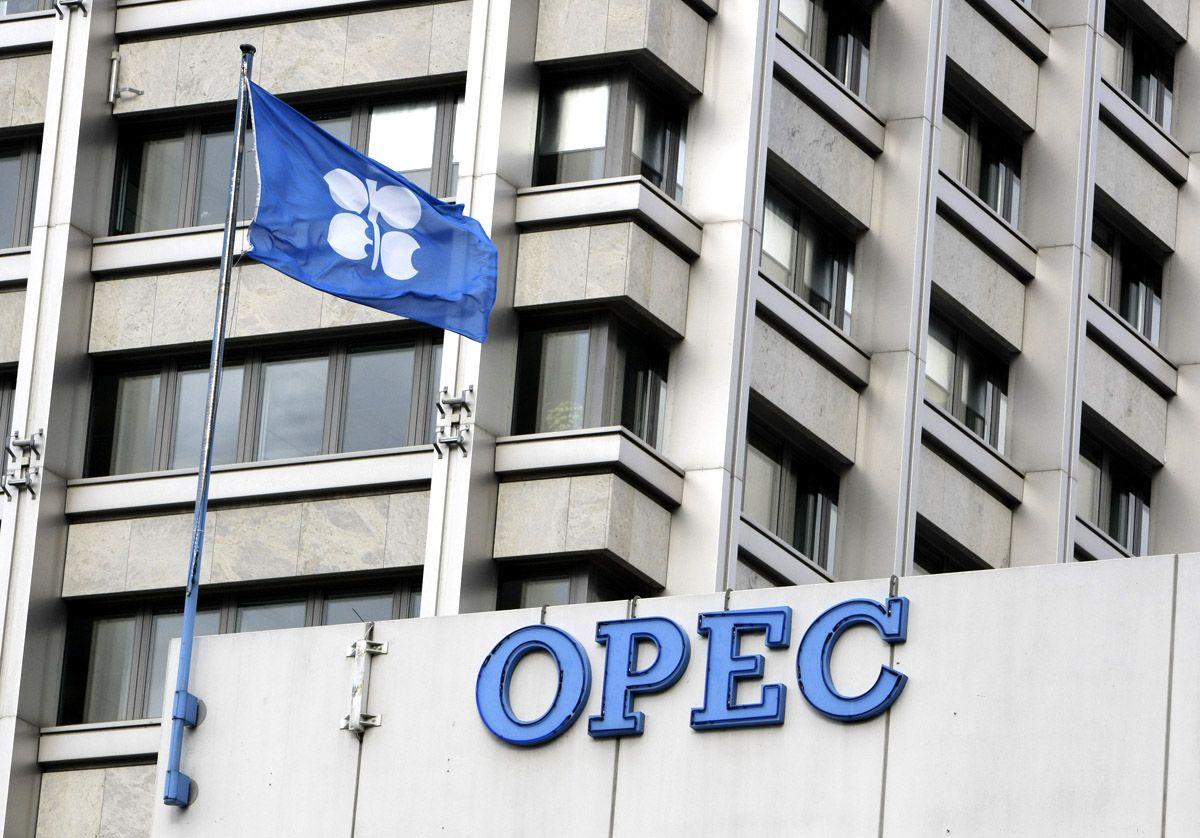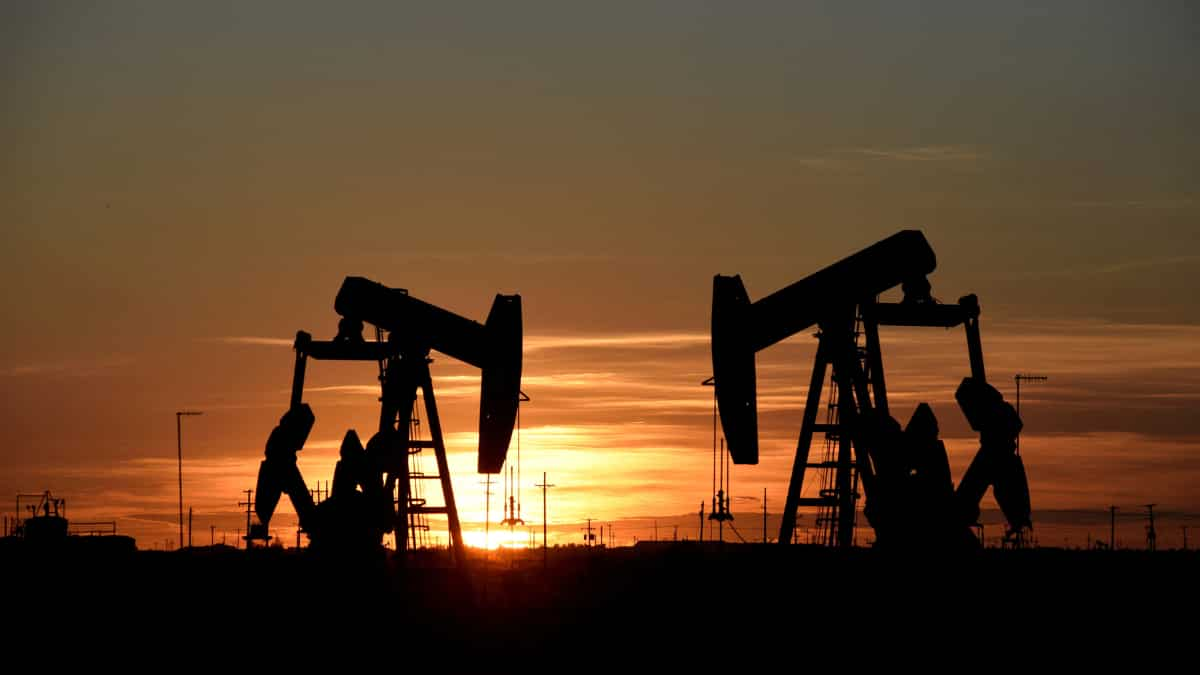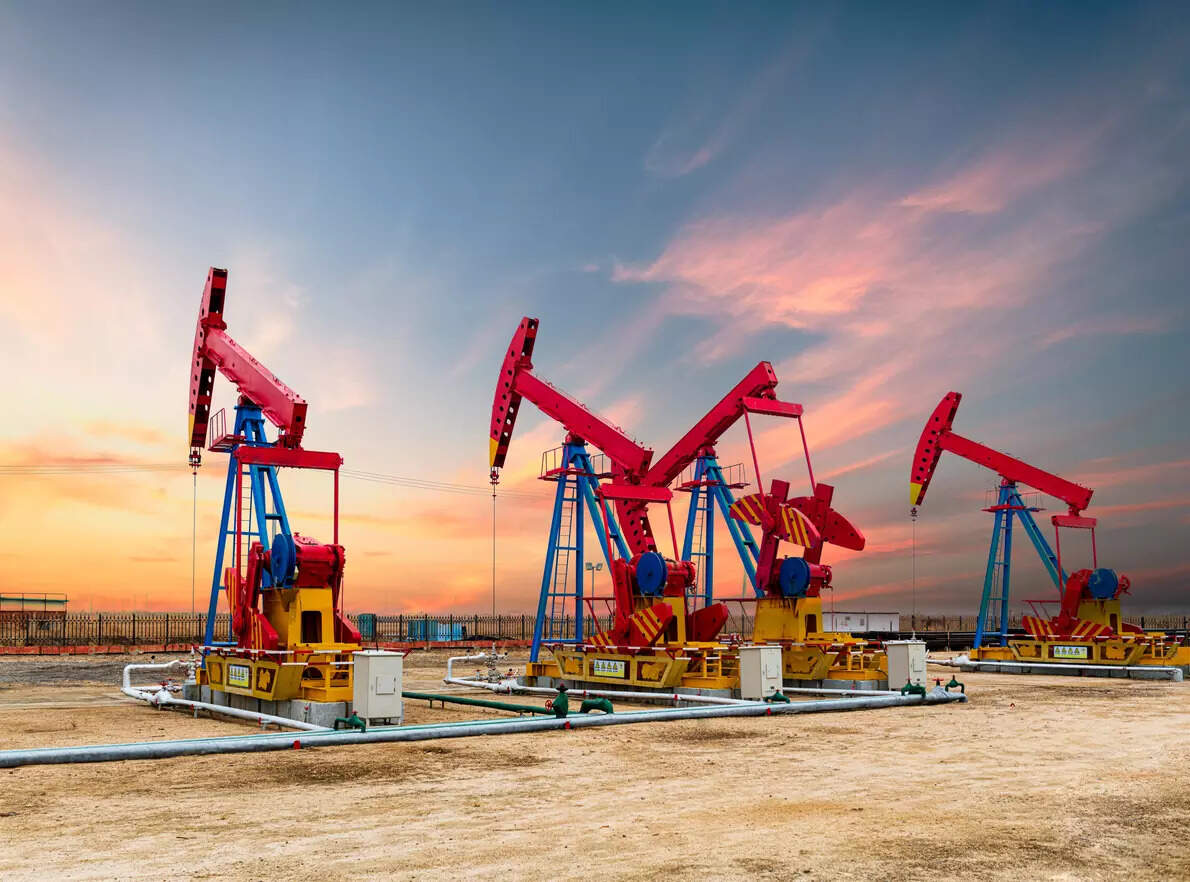Russia Extends Oil Production Cuts Of 5,00,000 bpd Until June-End.
The decision to cut oil production by 500,000 barrels per day was first announced by Novak in February 2023. At the time, the Western countries had announced new sanctions on Russian oil products, and Novak cited these sanctions as the reason for the production cuts.

Russia Extends Oil Production Cuts Of 5,00,000 bpd Until June-End.
HIGHLIGHTS
- As traders wait for catalysts, the price of natural gas fluctuates between gains and losses.
- Russia extending its production cutbacks till the end of June helped WTI oil rise.
- Brent oil is getting closer to the psychologically significant $75 mark.
In reaction to Western sanctions that were set to expire at the end of March, Russia announced on Tuesday that it was extending its 500,000 barrel per day daily oil output limitations until the end of June.
Russian news agencies quoted Alexander Novak, the deputy prime minister in charge of energy matters, as saying that the decision to voluntarily lower output by 500,000 barrels per day will be effective until June 2023 inclusive.
Background to the Production Cuts.
Novak first announced the decision to cut oil production by 500,000 barrels per day in February 2023. At the time, the Western countries had announced new sanctions on Russian oil products, and Novak cited these sanctions as the reason for the production cuts.
The sanctions targeted the oil sector, among other areas, and were seen as a significant escalation in the ongoing conflict between Russia and the West over Ukraine. Russia had already been hit by a range of sanctions, including restrictions on access to international financing and the seizure of assets owned by Russian companies and individuals.
The oil production cuts were seen as a response to these latest sanctions and were designed to help stabilise global oil prices. Russia is one of the biggest oil producers in the world; therefore, any decrease in its production is likely to have a big effect on the market.
Since the Kremlin sent Russian soldiers to Ukraine, the West has implemented a number of sanctions against Russia, including ones that specifically target Moscow’s energy industry.
The sanctions aimed against Russia’s oil sector seek to deprive Moscow, one of the world’s top energy producers, of a significant source of income to support its armed forces. According to the International Energy Agency, Russia saw a drop of around half in oil export profits in February compared to the same month last year.
Natural Gas
In spite of a growing appetite for risk, natural gas is attempting to recover from multi-week lows. Yet, given that there have been no significant changes to weather projections, it is uncertain whether natural gas bulls will discover supportive catalysts.
WTI Oil
After Russia said it would keep reducing its production by 500,000 bpd through July 2023, WTI oil prices rose beyond the $69 mark. Russian Deputy Prime Minister Novak predicts that his country will soon reach the desired level of production.
Brent Oil
Furthermore, moving upward, Brent oil has been moving towards the $75 mark. Once UBS acquired Credit Suisse, financial markets stabilised, which acted as a positive impetus for the oil market. Yet given the complexity of the global fuel market, drivers shouldn’t expect a recurrence of the spike in petrol prices from a year ago.
Here are a few reasons why Russia’s statement may not have a significant influence on gasoline prices, especially in the United States and Europe.
Russian Oil Sanctions
Due to price limitations imposed by the US and EU, Russian oil has largely stopped flowing westward. Meanwhile, the European Union prohibited the import of Russian crude by the sea in December and did the same for Russian fuel this week.
Immediately following Russia’s invasion of Ukraine last year, the United States prohibited all imports of Russian oil. Due to this, Russian crude is currently traded between 30 and 35 per cent below Brent crude.

According to Russia, selling to countries that uphold sanctions or price caps is not an option. Hence, a significant percentage of the nation’s petroleum is now shipped to China and India, which consume roughly one-fifth of the world’s oil and oil-related products combined.
Russia’s Contribution to World Production.
Although it is the third-largest crude oil producer in the world, the country only supplies one of every nine barrels of oil used daily worldwide, and its projected production decrease amounts to barely one of every 200 barrels.
Additional costs other than oil are reflected in gas prices.
The cost of refining oil into gasoline, transporting fuel from refineries to gas stations, marketing charges, and taxes are only a few of the factors included in the retail price of gasoline. Just over half of the cost of a gallon of gas for US consumers is covered by the price of oil.
Location Matters
The cost of gas reflects how close retail pumps are to refineries and pipelines. For instance, in the United States, since the Gulf Coast is home to about half of the country’s capacity for petroleum refining, motorists typically find cheaper gas there. For instance, a gallon of gas currently costs $3.99 in Lake Placid, New York, but it only costs $2.94 in Houston.
And so do rules and regulations.
In certain places, fuel efficiency rules raise gas prices. Drivers in California frequently spend 30–40% more for gas than the national average, partly due to strict environmental restrictions, higher-octane fuel blend requirements, and state taxes that discourage the use of gasoline.
Time difference
It takes time for production changes to propagate throughout the global supply chain. OPEC+, led by Saudi Arabia and Russia, reduced its daily production by 2 million barrels in November, which is four times more than Russia did. Analysts predicted that the action would increase wintertime petrol prices in the US by 15 to 30 cents per gallon.
However, from November 1 and Christmas, petrol prices decreased by over 19%, to an average of $3.05 per gallon from $3.75. Since then, they have recovered to roughly $3.40 per gallon, although they still remain well below expectations.

Implications for the Global Oil Market
The decision to extend the oil production cuts until the end of June is likely to have significant implications for the global oil market. The cuts represent a reduction of about 5% of Russia’s daily output, which is a significant amount given Russia’s position as one of the world’s largest oil producers.
One potential consequence of the production cuts is that they could help to stabilise global oil prices. The oil market has been volatile in recent years, with prices fluctuating wildly in response to geopolitical tensions and other factors. By reducing its output, Russia is effectively removing a significant amount of oil from the market, which could help to balance supply and demand and prevent prices from falling too far.
Another potential consequence of the production cuts is that they could put pressure on other oil producers to follow suit. If Russia is successful in reducing its output without causing a major disruption to the global oil market, other producers may be encouraged to do the same. This could help to prevent a further oversupply of oil, which could lead to a further drop in prices.
edited and proofread by nikita sharma





